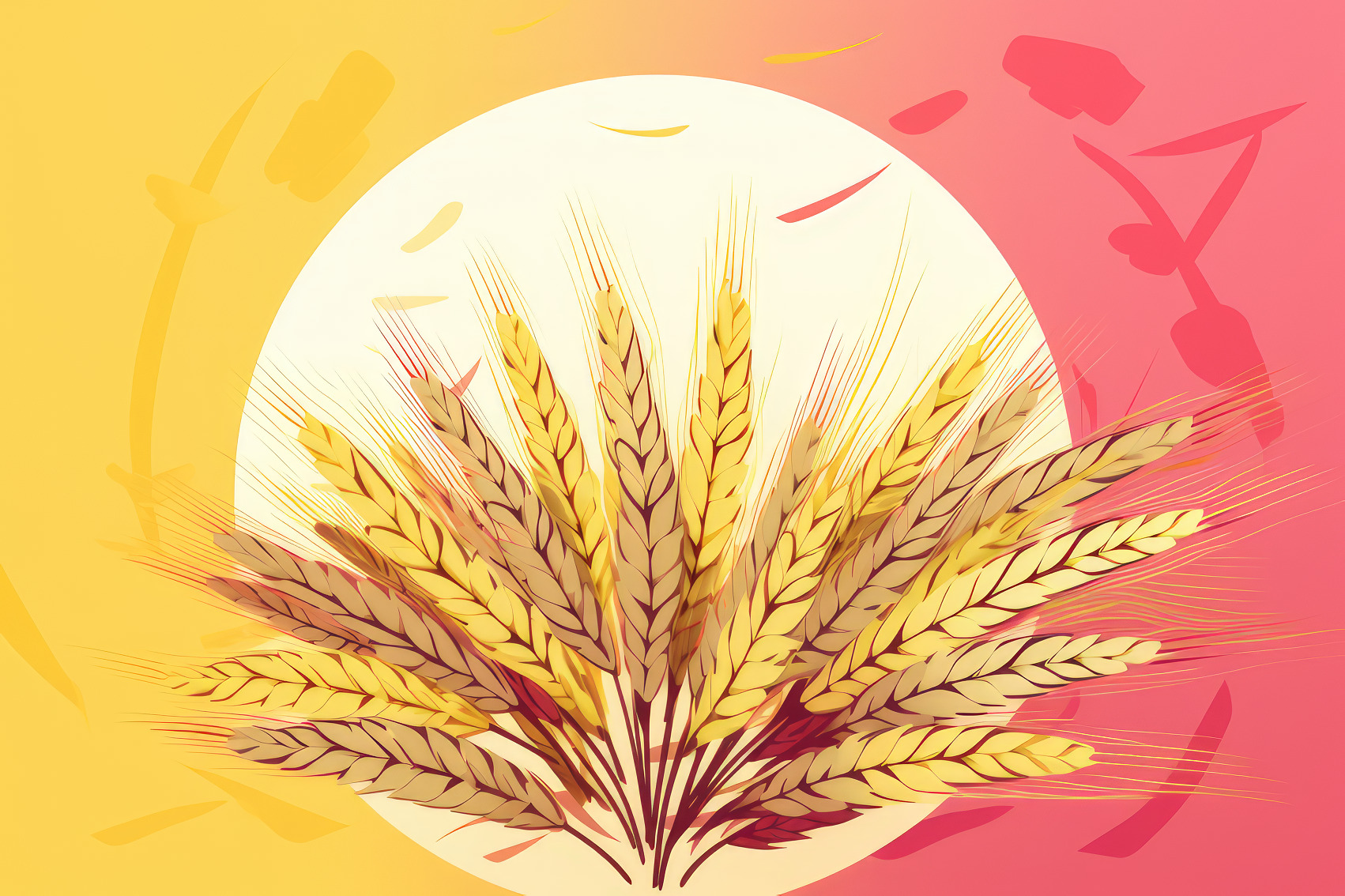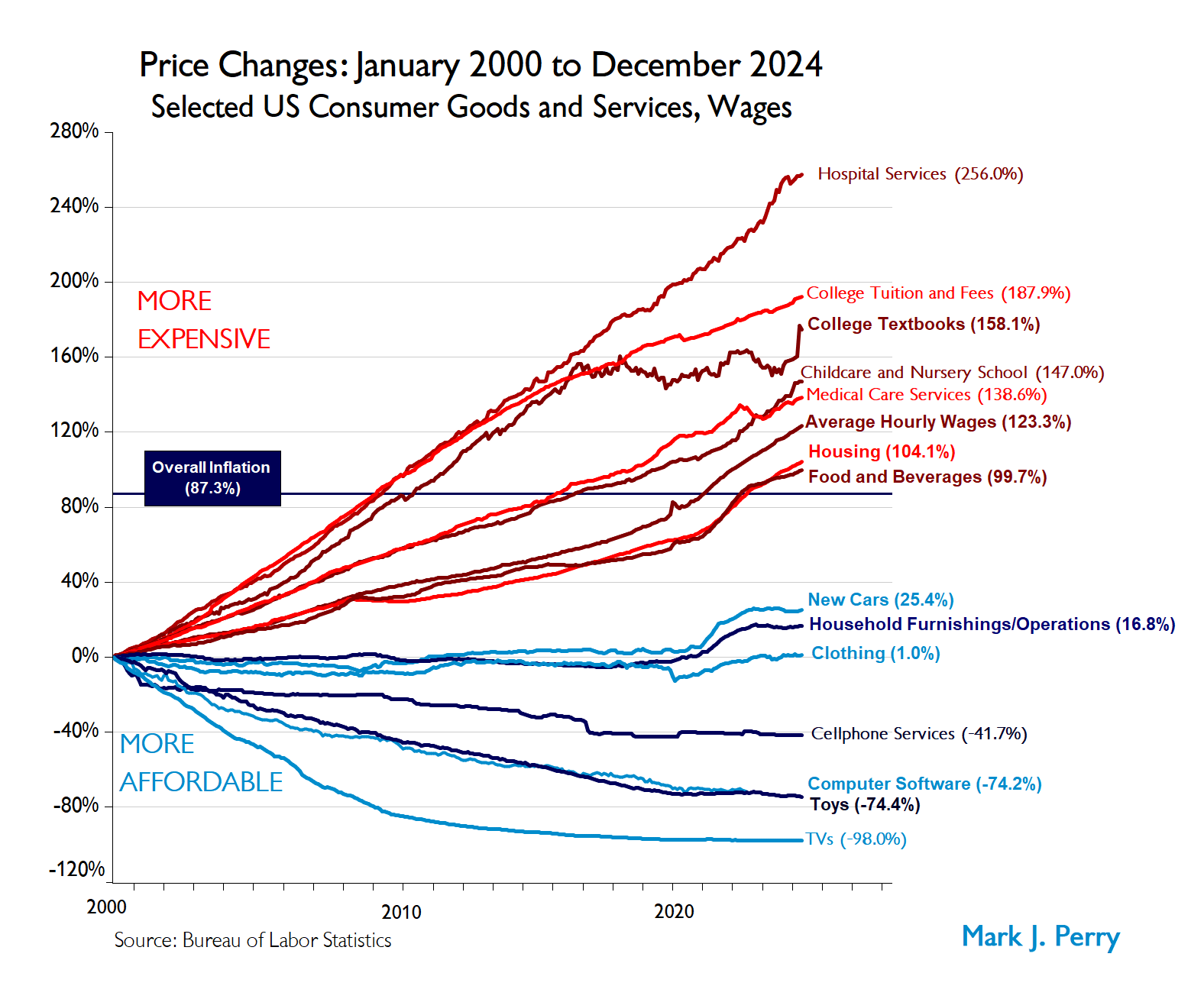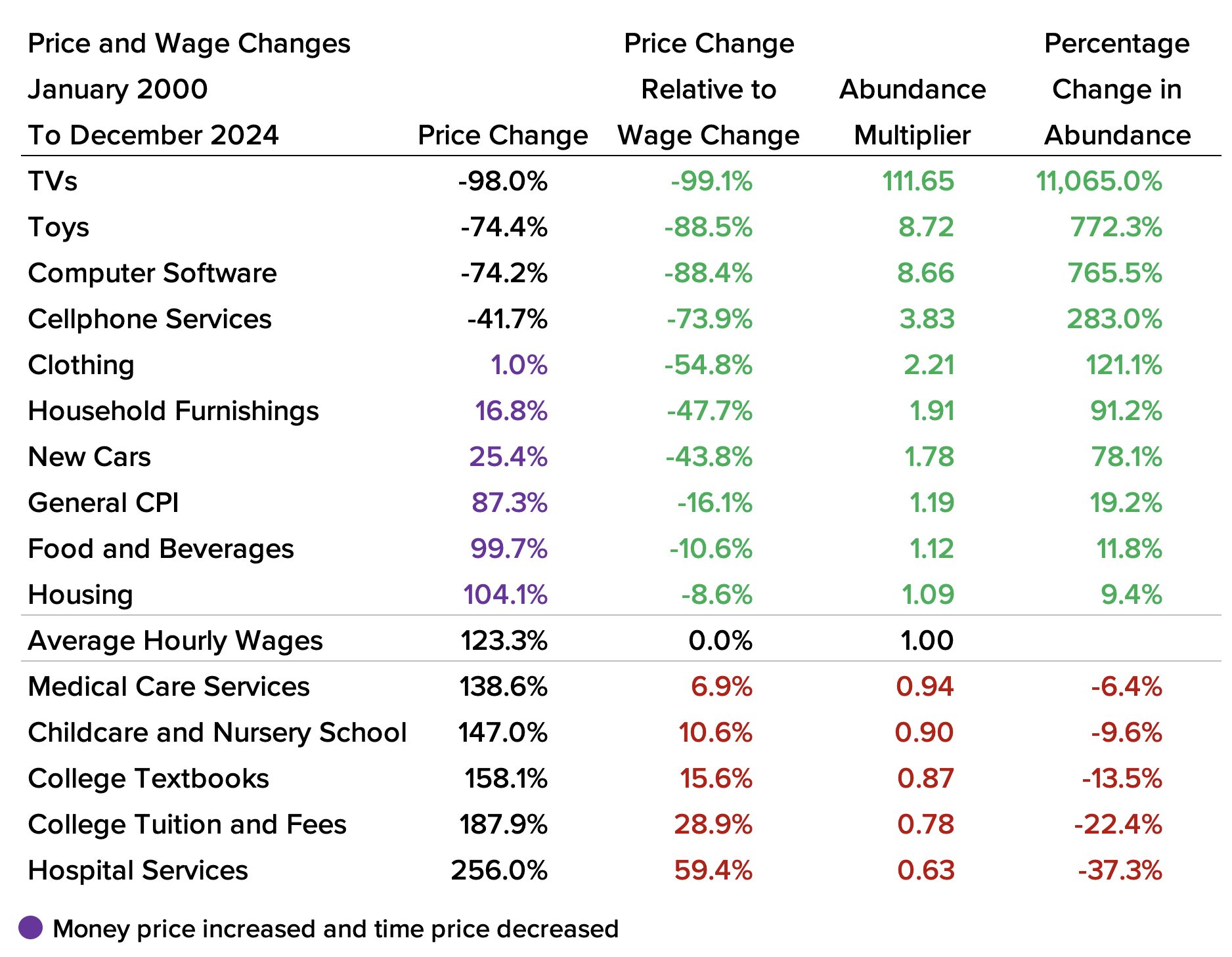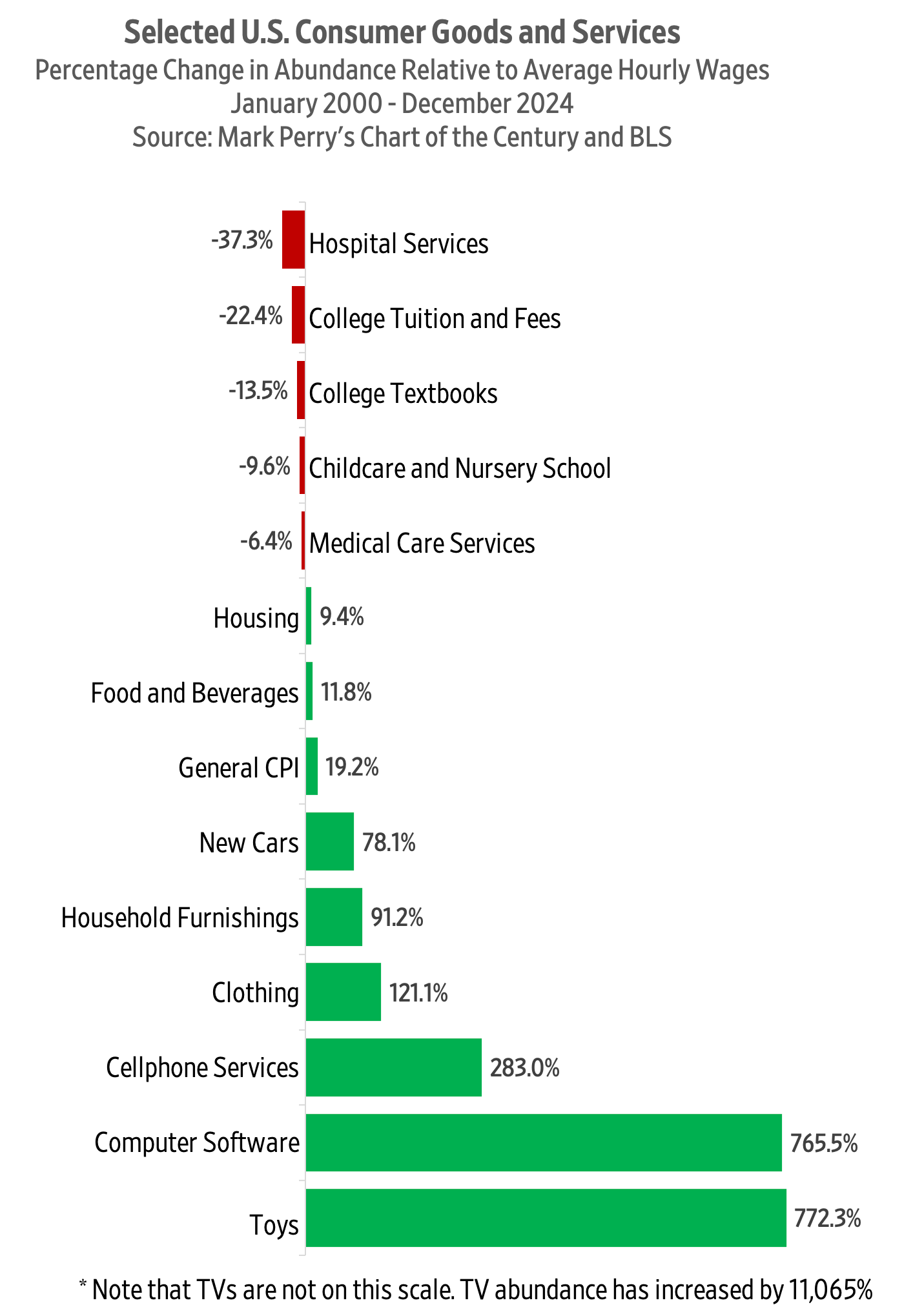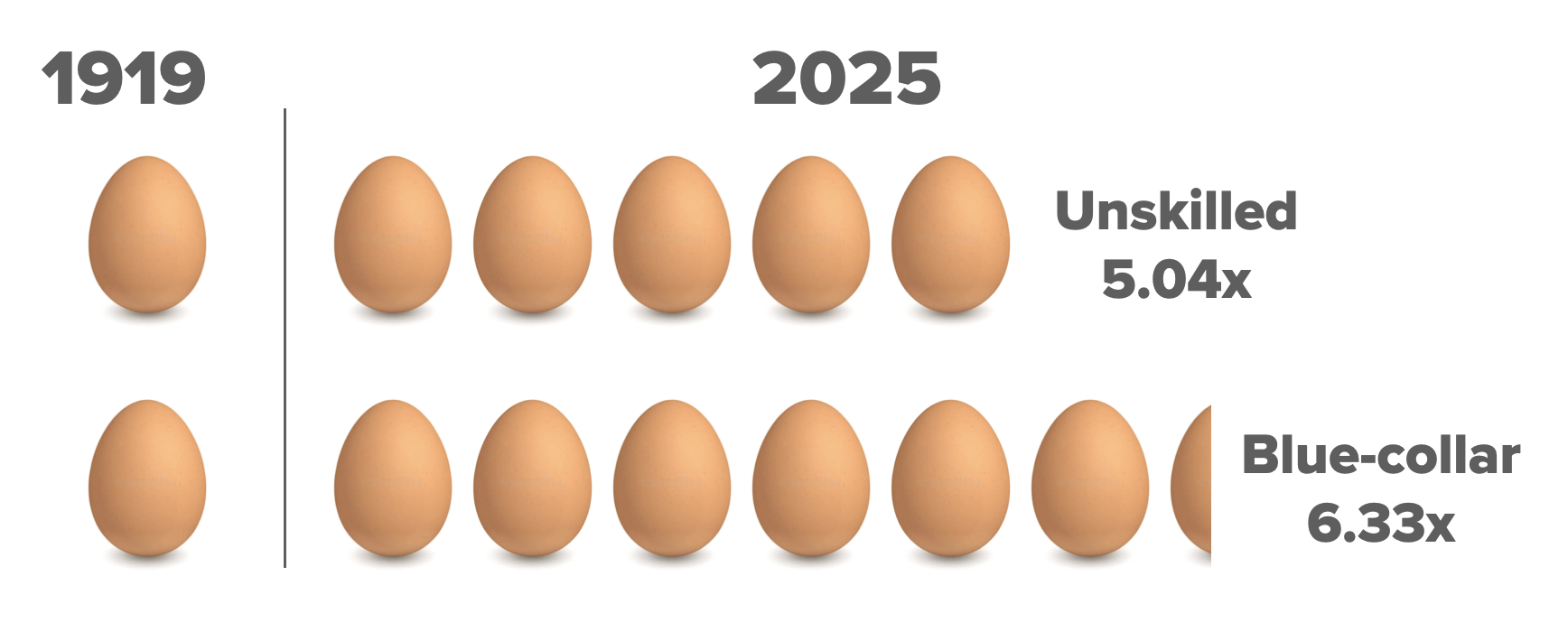Summary: Throughout history, the affordability of food in England has undergone significant changes. Analyzing data from the 13th century to the present reveals how the abundance of grains like rice, wheat, and oats has increased substantially, benefiting both skilled and unskilled workers.
Human progress is often incremental, but many positive trends have become clearly visible over time. One of these trends is the growing abundance of food. This series of articles for HumanProgress.org will look at the affordability of food relative to wages in England between the 13th century and the present.
Professor Gregory Clark of the University of California, Davis, has conducted extensive research into the economic history of England. As part of his research into the condition of the working class in England, Clark has developed an extensive data set containing nominal prices of goods, and nominal wages of skilled and unskilled workers in England between the 13th and 19th centuries. Note: Clark assumes a 10-hour workday before 1720.
Using the concept of time prices developed by Marian L. Tupy and Gale L. Pooley, we can calculate the number of hours of work that someone must work to earn enough money to buy a particular food item.
In this analysis, Clark’s nominal prices of food items serve as the nominator, and nominal hourly wages, which come from Clark and from the UK’s Office of National Statistics’ Annual Survey of Hours and Earnings, serve as the denominator.
Figure 1: Food abundance from the perspective of unskilled workers in England, hours of labor
As we can see in Figure 1, a pound of rice fell from 6.65 hours of labor in the 1200s to 0.15 hours of labor in 2022. A bushel of wheat fell from 35.4 hours of labor to 0.84 hours, and a bushel of oats fell from 14.8 hours of labor to 0.41 hours.
Figure 2: Food abundance from the perspective of unskilled workers in England, per hour of labor
As we can see in Figure 2, an hour of work bought 0.15 pounds of rice for an unskilled worker in 1265. That rose to 6.88 pounds of rice in 2022. Instead of 0.03 bushels of wheat, an unskilled worker got 1.19 bushels. Instead of 0.07 bushels of oats, he or she got 2.42 bushels.
That means that unskilled workers earned 45.7 times as many pounds of rice per hour in 2022 compared to the 1200s. For every bushel of wheat in the 1200s, an unskilled worker earned 42 bushels in 2022. Instead of 1 bushel of oats, he or she got 35.9 bushels.
Figure 3: Food abundance from the perspective of skilled workers in England, hours of labor
As we can see in Figure 3, for a skilled worker, a pound of rice fell from 3.59 hours of labor in the 1200s to 0.11 hours of labor in 2022. A bushel of wheat fell from 19.11 hours of labor to 0.66 hours, and a bushel of oats fell from 8.01 hours of labor to 0.32 hours.
Figure 4: Food abundance from the perspective of skilled workers in England, per hour of labor
As we can see in Figure 4, an hour of work bought 0.28 pounds of rice for a skilled worker in the 1200s. That rose to 8.79 pounds of rice in 2022. Instead of 0.63 bushels of wheat, a skilled worker got 1.52 bushels. Instead of 1.5 bushels of oats, he or she got 3.1 bushels.
Put differently, skilled workers earned 31.6 times as many pounds of rice per hour in 2022 compared to the 1200s. For every bushel of wheat in the 1200s, a skilled worker got 29.01 bushels in 2022. For 1 bushel of oats in 1265, he or she got 24.81 in 2022.
Clearly, grains became much more abundant for both skilled and unskilled workers. Moreover, note that the time price differential between unskilled laborers and skilled tradesmen has shrunk. For example, to afford a bushel of wheat in the 1200s, an unskilled worker would have to work 35.4 hours compared to 19.1 hours for a skilled worker, a difference of over 16 hours. However, in 2022, an unskilled worker would work 50.5 minutes to afford a bushel, and a skilled worker would work 39.5 minutes, a difference of only 11 minutes.
Put differently, unskilled workers have become better-off relative to their more-skilled compatriots.
Finally, the rate of growth in abundance has clearly accelerated over the last 200 years. Whereas the rate of growth in the abundance of rice, wheat and oats grew at a compounded annual rate of about 0.23 percent between 1265 and 1865 for an unskilled worker, it grew a rate of 1.49 percent between 1865 and 2022. Similarly, for a skilled worker, the compound annual growth rate increased from 0.19 percent before 1865 to 1.38 percent afterwards. Since the mid-1800s, the rate of growth of wages relative to prices has increased dramatically.

